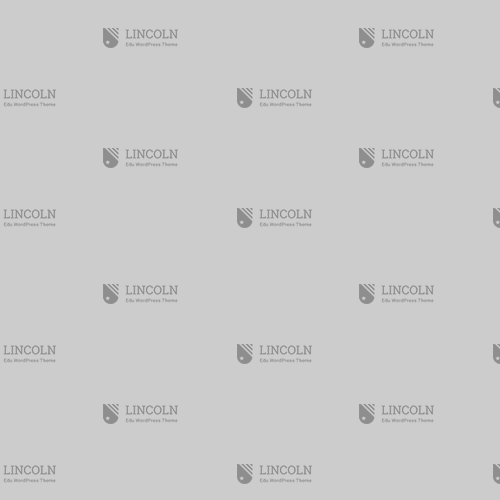 For the first time, STC is offering a way to attend part of the Summit from the comfort of your home or office. The Virtual Track includes 10 carefully selected courses from a cross-section of the overall Summit program. Attendees to the Virtual Track will log in on their computer and be able to follow along in real time with both the audio and the presentations. Watch one or watch them all; you can log in and log out as your schedule allows. There will even be a moderator online with you so you can ask questions during the Q&A period as well!
If you have a restricted travel budget, scheduling problems, or are otherwise just unable to travel to Phoenix, now you can still join in the Summit live with the Virtual Track Package. And to make it even better, you’ll get access to Summit@aClick, our collection of recordings of most of the sessions from this year’s Summit, included with your purchase! (Summit@aClick is usually available 6-8 weeks after the conference.)
See below for the Virtual Track schedule, and register now! Pricing for individuals is $375 for STC members and $895 for nonmembers and can be done online. If you’d like to register as a group (whether in one office or multiple locations), group pricing is $795 and can be done by emailing Lloyd Tucker. The cutoff date for Virtual Track registration is Thursday, 15 May.
For the first time, STC is offering a way to attend part of the Summit from the comfort of your home or office. The Virtual Track includes 10 carefully selected courses from a cross-section of the overall Summit program. Attendees to the Virtual Track will log in on their computer and be able to follow along in real time with both the audio and the presentations. Watch one or watch them all; you can log in and log out as your schedule allows. There will even be a moderator online with you so you can ask questions during the Q&A period as well!
If you have a restricted travel budget, scheduling problems, or are otherwise just unable to travel to Phoenix, now you can still join in the Summit live with the Virtual Track Package. And to make it even better, you’ll get access to Summit@aClick, our collection of recordings of most of the sessions from this year’s Summit, included with your purchase! (Summit@aClick is usually available 6-8 weeks after the conference.)
See below for the Virtual Track schedule, and register now! Pricing for individuals is $375 for STC members and $895 for nonmembers and can be done online. If you’d like to register as a group (whether in one office or multiple locations), group pricing is $795 and can be done by emailing Lloyd Tucker. The cutoff date for Virtual Track registration is Thursday, 15 May.


